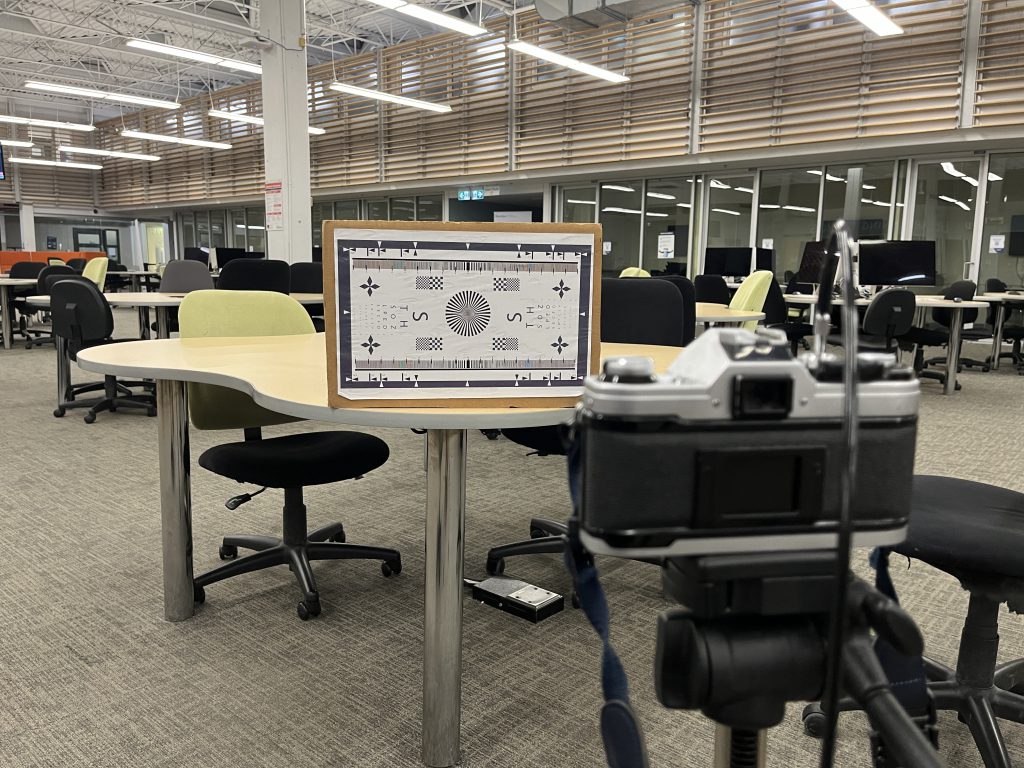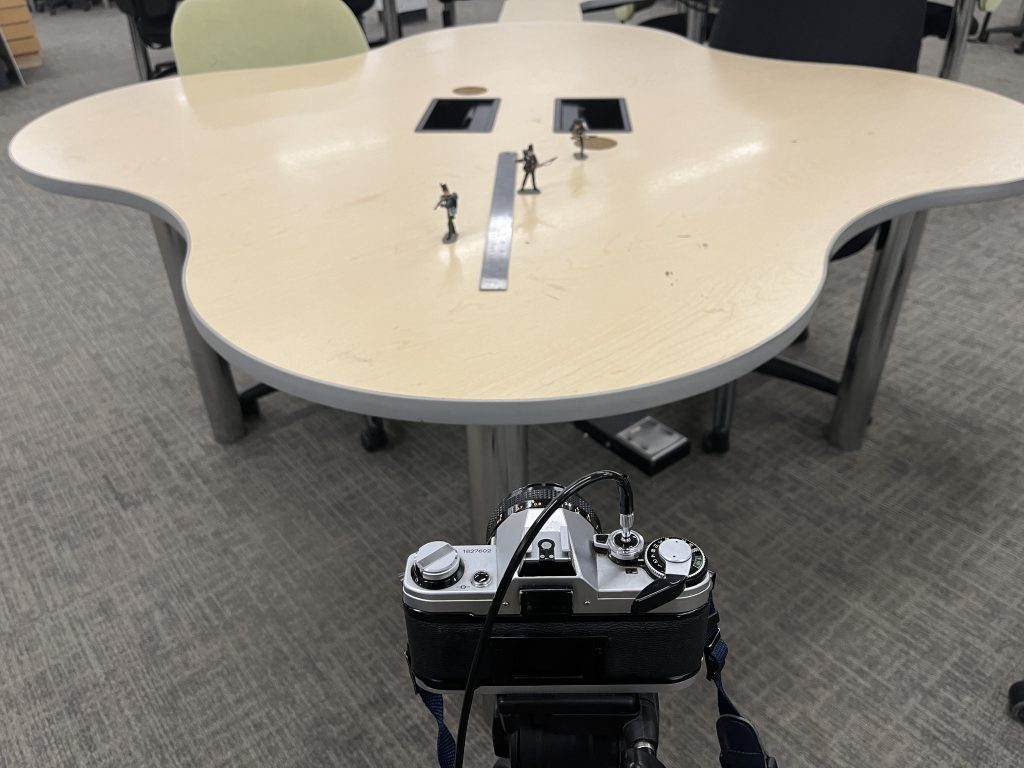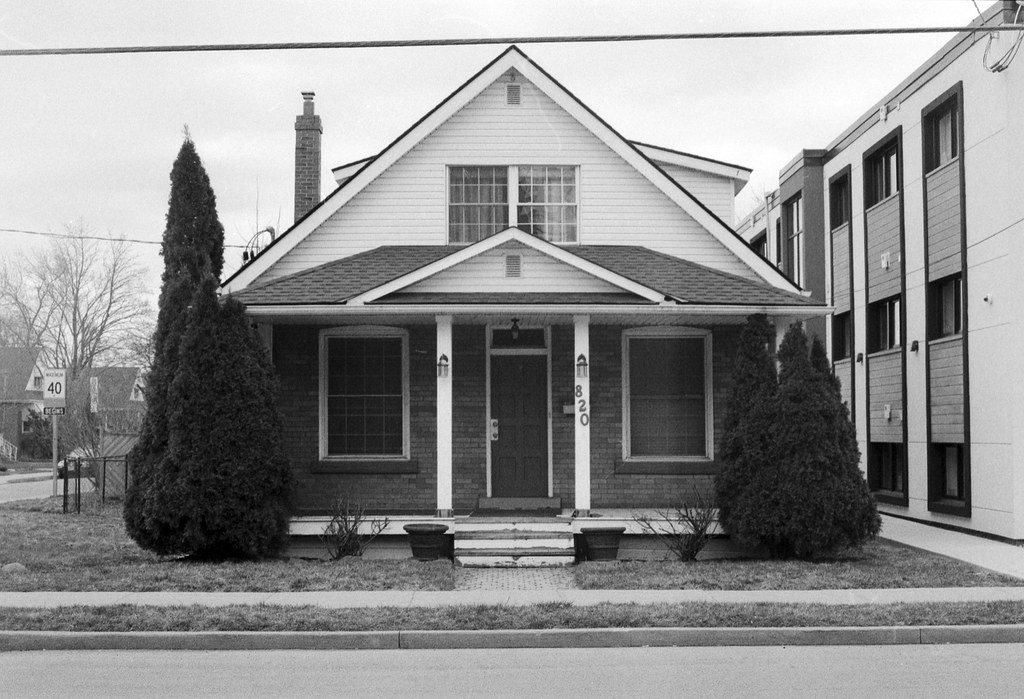Writing reviews on cameras is easy; I’ve been working on those since 2015, and while the style and depth of those reviews have changed since I first started, I have also begun to include other pieces of camera kit into the cycle. One of the two newest reviews I have written is on lenses. These days, many lens reviews are out there, with most focusing on modern digital glass. Some vintage glass is starting to be reviewed online thanks to the ability to adapt these lenses to modern mirrorless cameras used in the cinematography industry. These are also the hardest reviews to write for two reasons. First, there is a lot of personal taste attached to how lenses render images; second, there is a lot of jargon and buzzwords surrounding lenses. Notably the use of the term Bokeh. Today, we will work through how I review lenses by tracking the creation of a review set to be released in July for the Canon FD 50mm f/1.8 SC lens.

Unlike my other reviews that allow me to use a wide range of film stocks and developers, I made the point early on to stick with modern t-grain films, Kodak TMax and Ilford Delta film lines. These give the images a clean, contemporary look while maintaining the classic black-and-white look I love when shooting film. I also made sure to shoot these reviews on film so that I could use more than my Nikon lenses. The one thing I did start doing when using a Nikon lens is to shoot the test shots on my D750 rather than a film body. The reason is that I can show off what the rendering looks like without corrections. I also don’t have to waste frames on shooting the test shots. I originally started using Kodak TMax Developer and Kodak D-76, both general purpose base-line developers. But I always disliked how these developers rendered the Ilford Delta films, and since I have stopped using Kodak TMax films in these reviews (due to cost), I’ve also switched to using Adox FX-39 II for the time being. The reason is that it provides an excellent baseline to let the lens speak for its qualities rather than influence the look by the development process. I will probably have to switch again at some point, but I’m sticking with what works for now.

The one thing I realised when I first started writing my lens reviews is that I needed to show off what the lens looked like in a controlled environment as controlled as I could without having a fixed studio space. As a small operation, I could not go to the big lens makers and ask for a test chart; thankfully, the Internet provides one. While I cannot recall where I picked up the file to print off an 11×17 chart, I think it lends a certain air to my initial test shot. The idea is to show where the lens falls in regards to distortion. I do my best to aim the centre of my frame at the middle star and fill the whole frame with the test chart. I initially did this step at home, but with some of the longer lenses and other space constraints, I now use a larger space at work in the early morning when it is less busy. The next step of tests is to show off the depth of field, or the aperture tests. Here, I looked back at a planned series of posts I wanted to write to help a friend (but I wonder if I got around to writing them) about the basics of photography. One of these posts was on the effect aperture has on how much of the frame is in focus. To show that off, I used a series of three figures of Napoleonic Era soldiers, specifically members of the 1st Battalion, 95th Rifles. For this, I put them six inches away from each other and focused on the middle figure, the sergeant. When I’m shooting on my D750, I try to hit every aperture listed on the lens body (when possible), but on film, I usually pick five apertures from wide-open to stopped-down. Since I only include ten example images, I can also increase that. The idea is to show how the depth of field changes on each lens and show off the out-of-focus rendering.

One of the worst parts of writing lens reviews is that people sometimes use so many buzzwords without knowing what they mean. That said, you are limited in how you can describe what a lens can do. The word I decided not to use in any of my lens reviews is bokeh. If you’ve been around photography for a long time, you’ll know this term needs to be used more and is often misunderstood. The term comes from Japanese and describes the aesthetic quality of the blur produced in out-of-focus parts of an image caused by circles of confusion or the way the lens renders out-of-focus points of light. Either way, I decided to stick to “out-of-focus rendering” because it’s more straightforward and feels more professional. From there, it’s a matter of filling in what I observe about both the tangible qualities of the lens, noting any fall-off and vignetting at the corners, and how the out-of-focus rendering appears anything special, specifically that swirl that people love. And how the lens behaves in terms of sharpness, softness, and optical performance at different apertures. The problem is that I only shoot with B&W films on these tests, so I can’t say how some of these lenses render colour film (unless I’ve used colour film behind them before). I also comment on the need for lens hoods, the build quality, how the lens feels to operate, and what it does to the camera balance. Then, try to dig up some applications for the lenses. I admit that I look back at similar focal lengths and use some of the same language. Besides, these reviews have a short turnaround time as I only have to shoot a single roll of film!





Writing lens reviews are the more tedious and mundane posts to create. They are clinical and technical and offer little in the way of wiggle room. Mainly because of all the reviews, these ones bridge the gap between digital and film mediums. Digital shooters can be a tough crowd, especially regarding lenses. Much of what I write is my personal opinion on these lenses; what I like and dislike can differ from what my reader sees. The idea is not to be the ultimate authority but to provide another point of view in a genre of reviews that is often saturated and sometimes cliche. For the near future, I’m sticking with interchangeable lenses in 35mm SLRs, but I have plans to touch upon the lenses I have with my Mamiya m645 system with some adjustments due to the limitations on the number of frames per roll.
This all sounds good, Alex. Although I too am almost exclusively a black and white photographer, I do wonder whether the review is weakened by the absence of colour. I was interested, for example, in this DPReview thread comparing 4 K-mount lenses at 135mm (I had reviewed one of them on PentaxForums and disagreed strongly with this person’s sweeping review as the worst lens ever, giving 1/10 across the board… but I digress!). The thing about these comparisons is that for the first time I began to understand the difference in colour rendering; it’s noticeable how much warmer the Takumar lens was than the Pentax-A version. Maybe this sort of thing only works for lens compaarisons though…
Thanks! And yes, I do think that addition of colour images would improve these reviews greatly! I do try to at least include some digital images with my Nikon lens reviews. And your comment did get me thinking that this year as part of my ‘reduce my colour film stock’ project, to shoot at least one roll through the AE-1 with all my Canon lenses and then add those into these reviews!